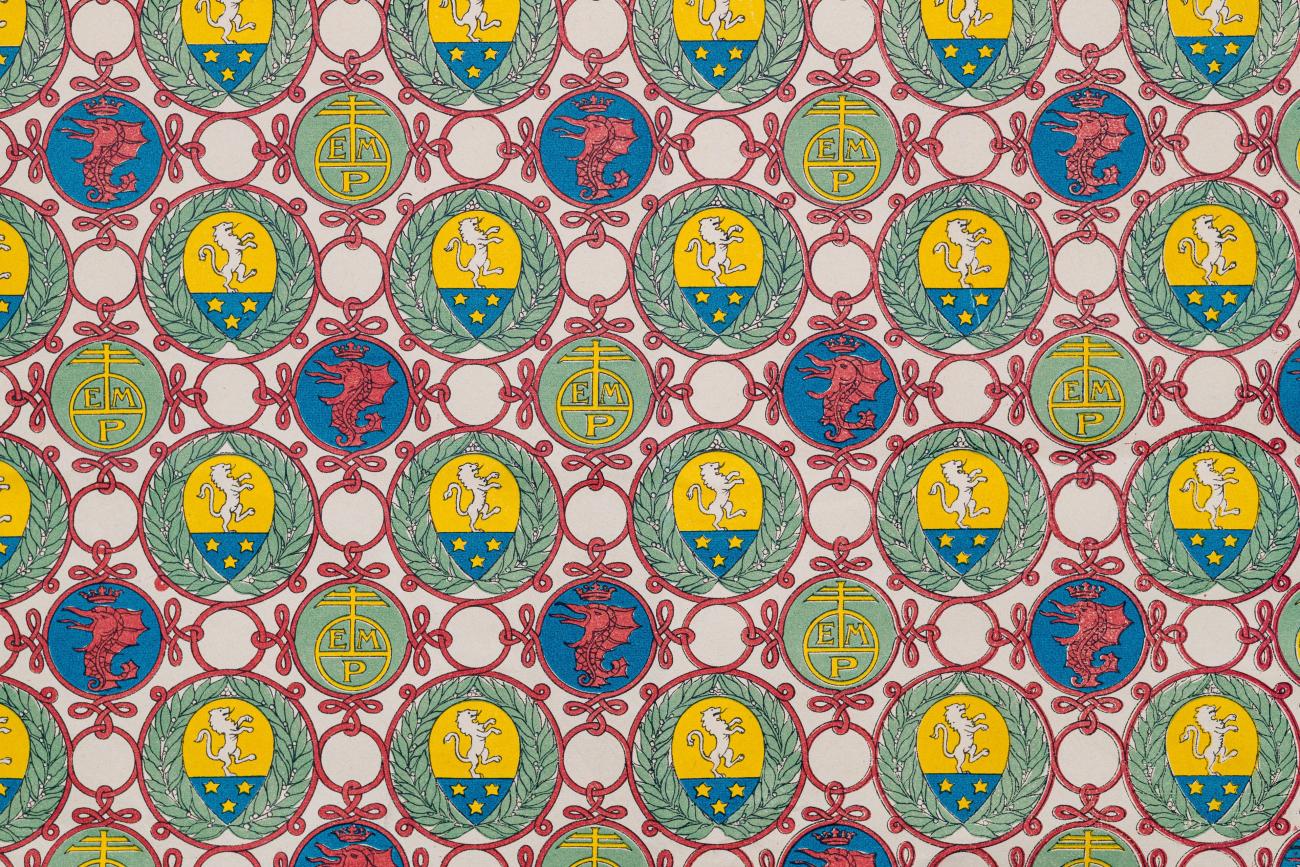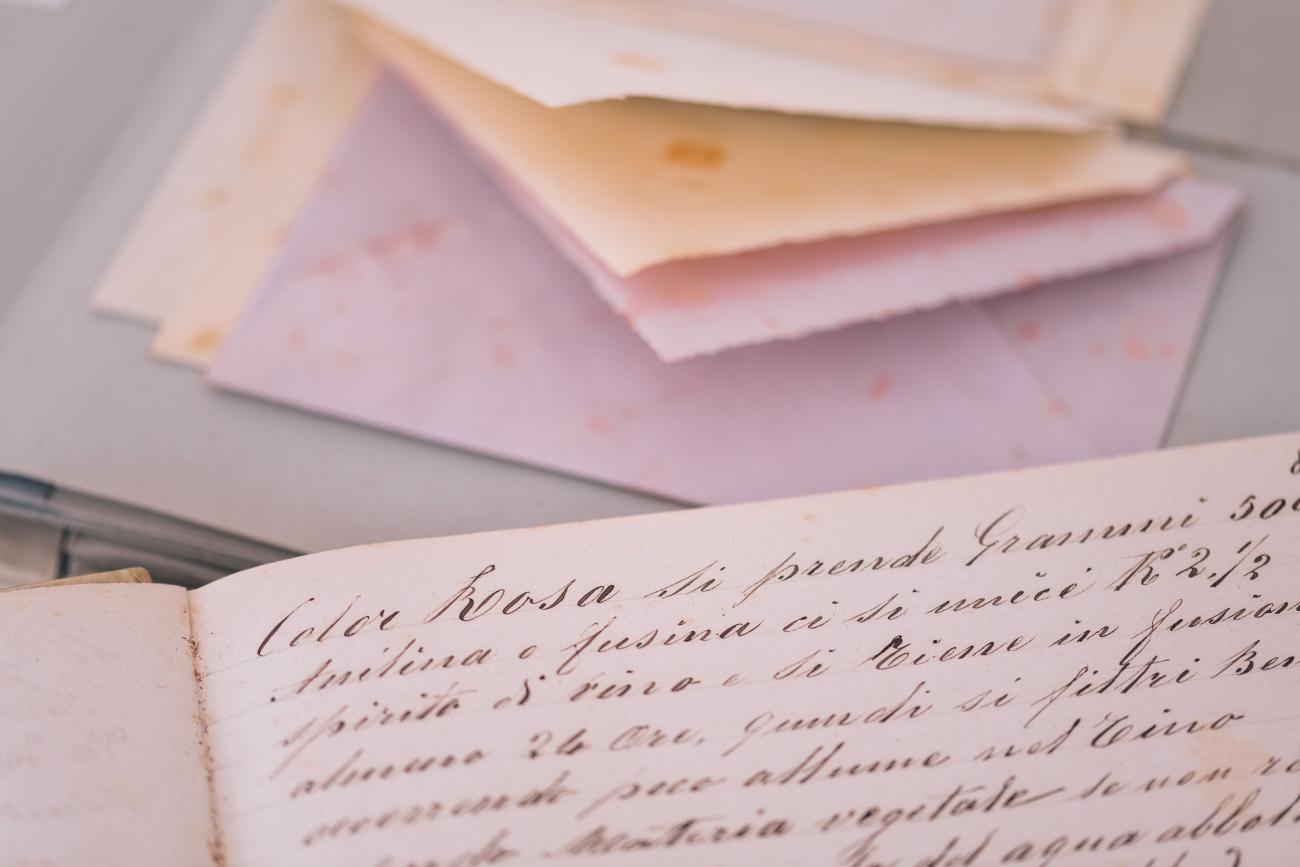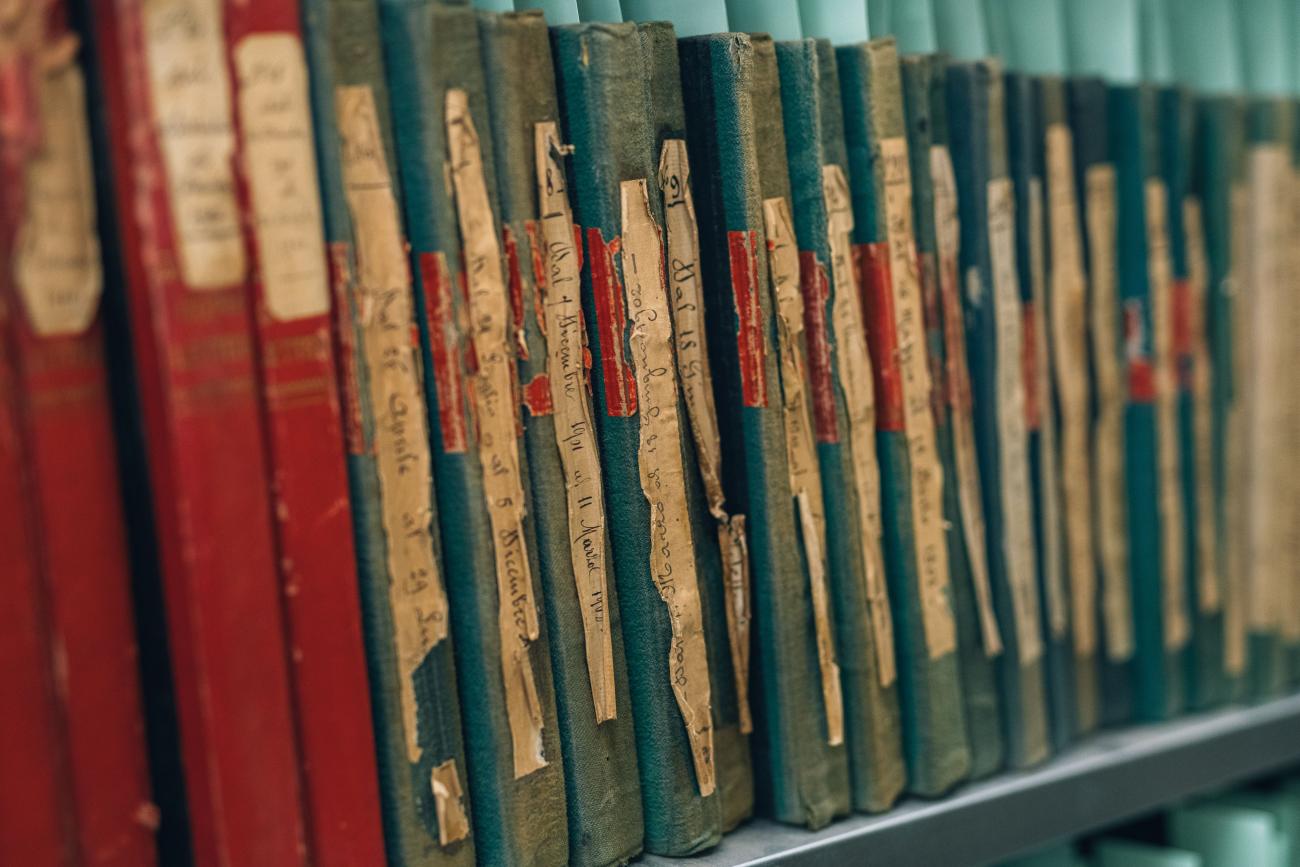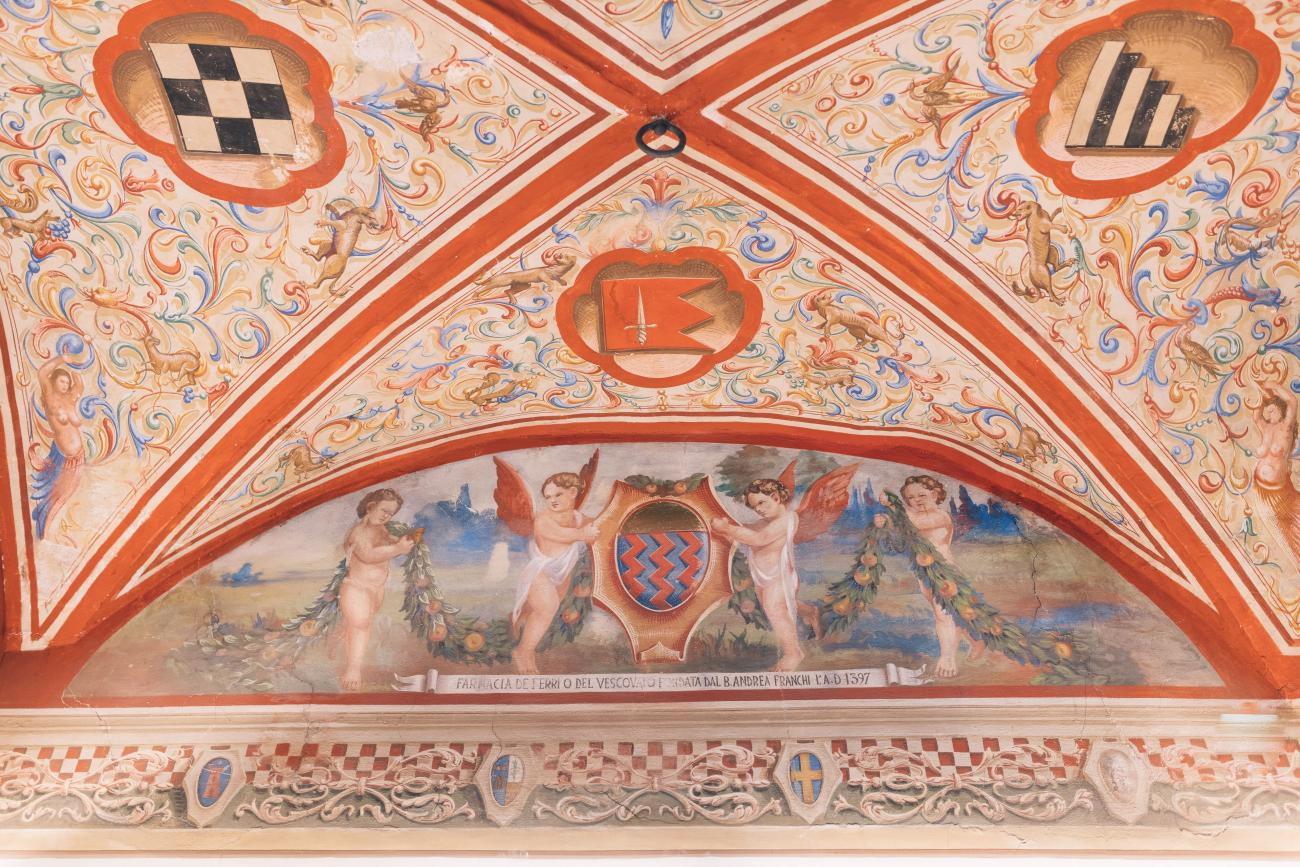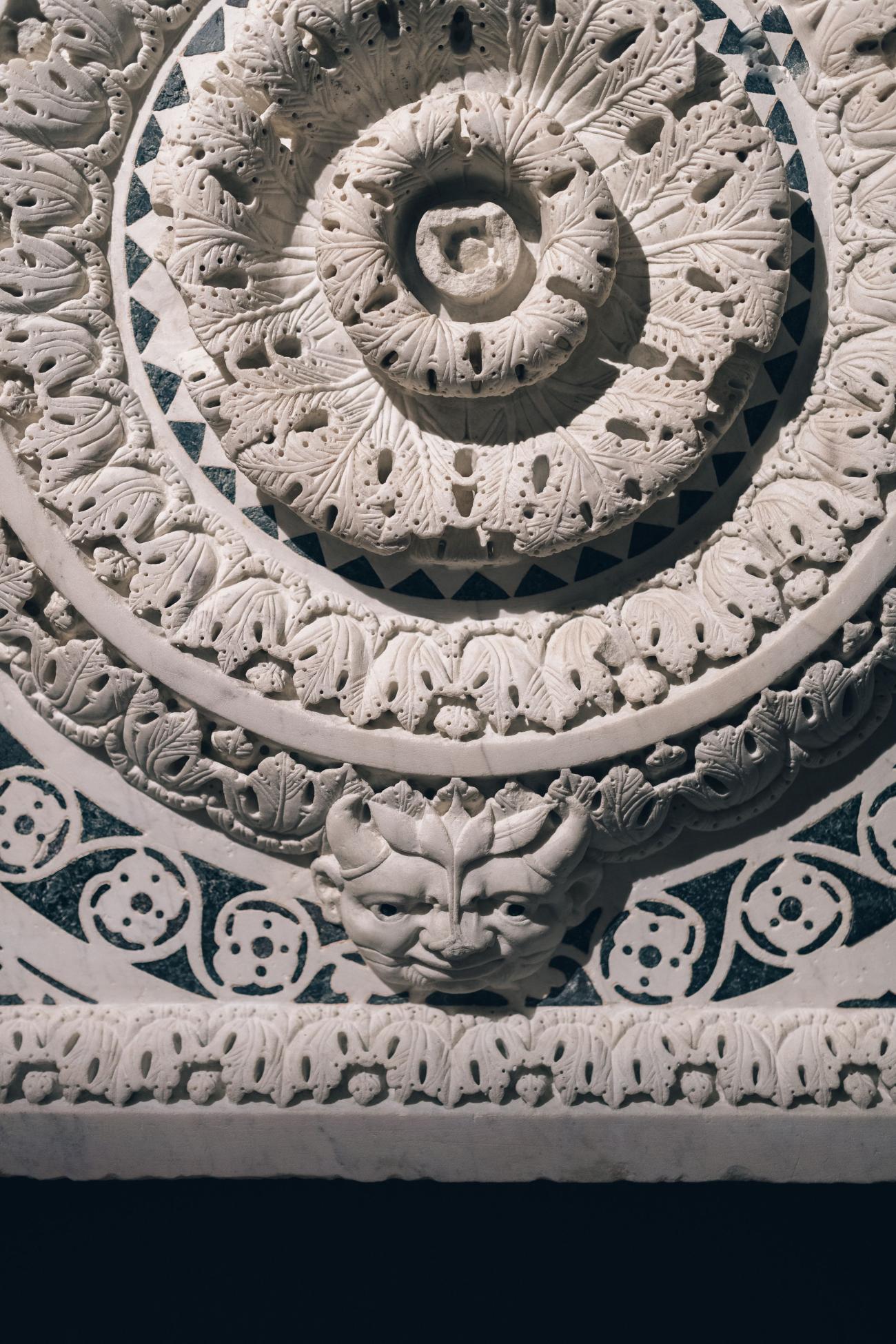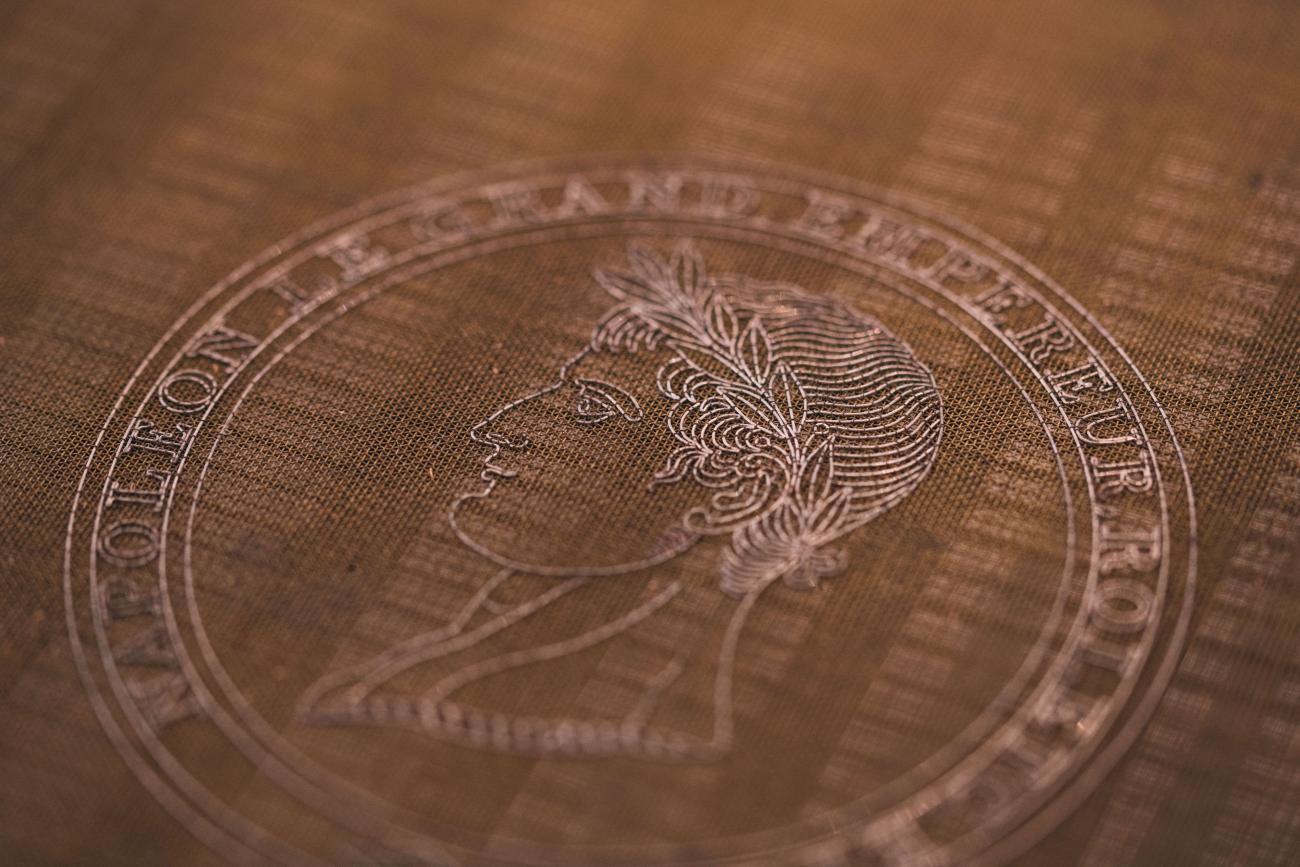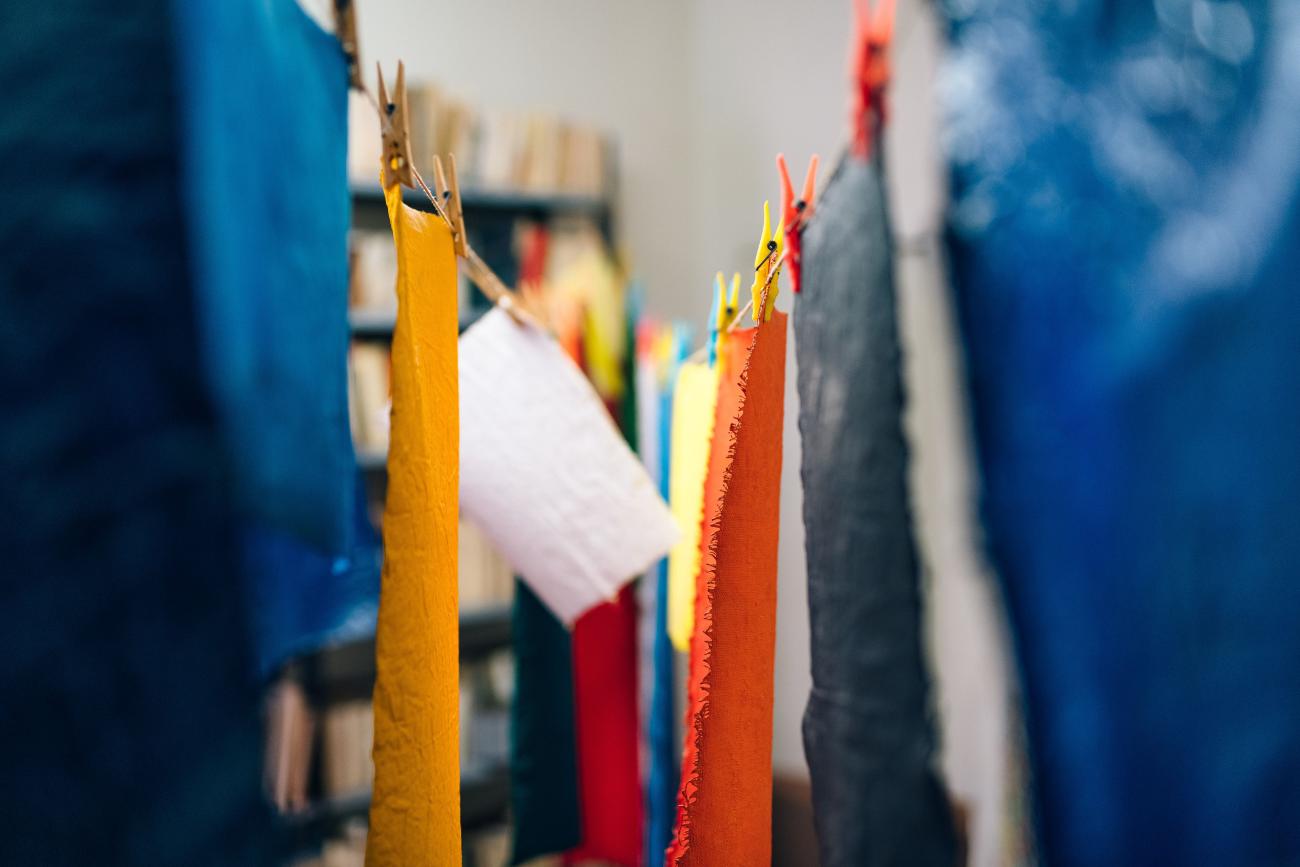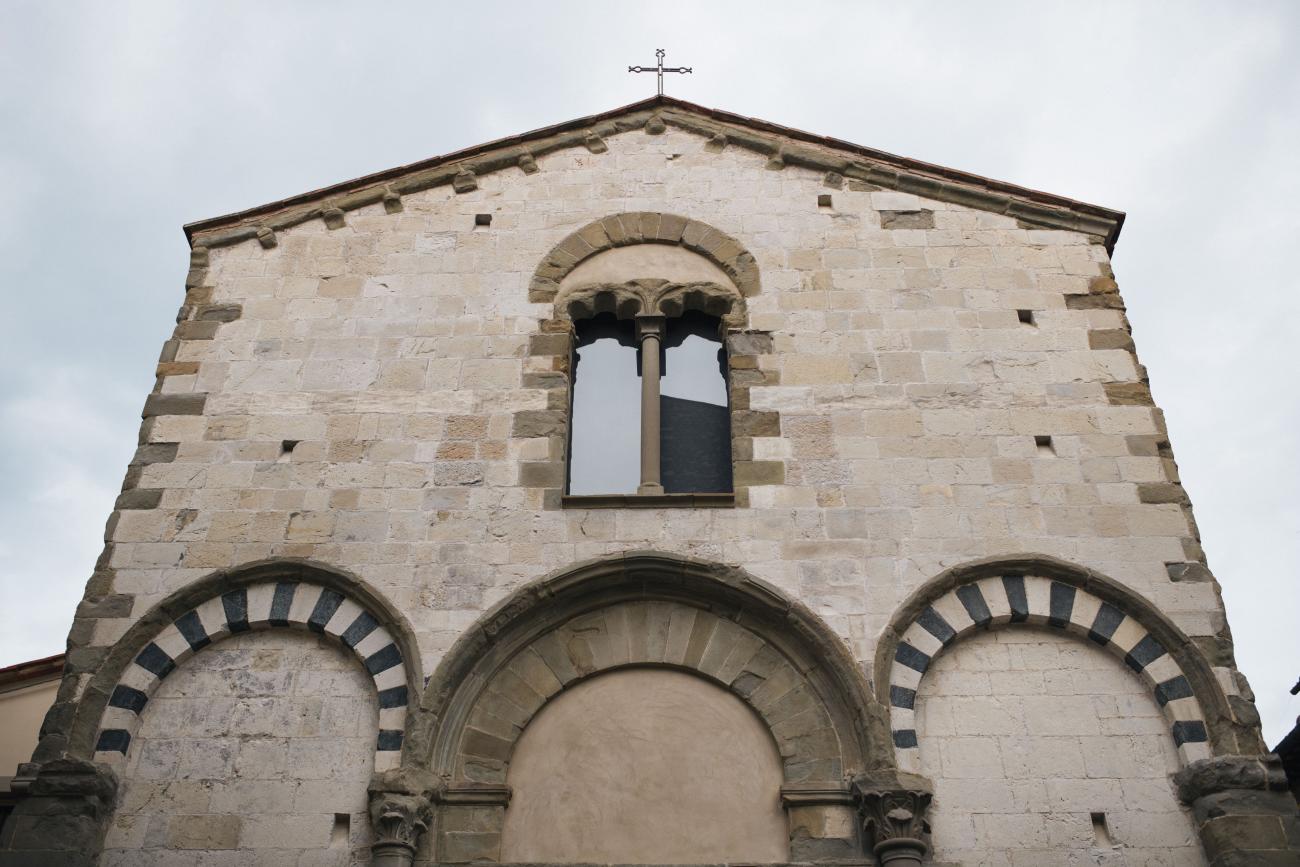L’arte che ci parla
L’arte è la più antica forma di comunicazione dell’uomo, ancor prima del linguaggio. Da sempre l’artista aiuta a comprendere il mondo che ci circonda; l’arte coglie l’essenza della società in cui stiamo vivendo, talvolta la anticipa.
La provincia di Pistoia è un territorio culturalmente ricco e variegato, uno scrigno di testimonianze e tracce lasciate da generazioni di artisti e persone di ingegno: dipinti, sculture, immagini grafiche e manufatti che aprono una finestra sul passato e ci rivelano qualcosa sul nostro presente.
Dai reperti archeologici del mondo antico ai secoli d’oro del Medioevo, dall’età moderna fino al Novecento e ai nostri tempi, queste tracce ci parlano ancora.
E cosa ci dicono? Raccontano la vita, le passioni, il potere, la fede, le speranze, i sogni e le idee di uomini e donne che hanno vissuto all’ombra dell’Appennino, fra due pianure fluviali: una rivolta verso Firenze, l’altra verso Lucca e il mare.
Nell’Antico Palazzo dei Vescovi di Pistoia, un cippo funerario etrusco (VI-V sec. a. C.) e i reperti di età romana, raccontano le origini della città. Poco distante, il Museo di San Salvatore propone un viaggio nella storia del suo nucleo più antico.
A Palazzo dei Vescovi gli affreschi medievali e la pittura barocca dialogano a distanza con opere coeve conservate presso i Musei Civici di Pistoia e di Pescia. La sala dipinta da Giovanni Boldini nel 1868 - oggi a Palazzo dei Vescovi, ma proveniente dalla villa di una sua mecenate inglese - fa da contrappunto alla ricca collezione Puccini, allestita in modo suggestivo all’ultimo piano del Palazzo Comunale.
Altre rispondenze fra artisti, generi e stili diversi animano le collezioni d’arte del Novecento pistoiese, tra Palazzo de’ Rossi, Palazzo Fabroni e la Gipsoteca Libero Andreotti di Pescia.
Nel Museo dello Spedale del Ceppo di Pistoia vedrete una collezione unica al mondo: antichi ferri chirurgici sono esposti in una delle camerate dell’ospedale settecentesco. Si tratta di oggetti prodotti dall’alto artigianato pistoiese del ferro. Lungo il torrente Pescia troverete invece una cartiera settecentesca, sede del Museo della Carta, dove ancora oggi si produce carta fatta a mano, frutto di una sapienza artigianale mai venuta meno in questa valle. Il Museo conserva forme da carta filigranate, tra cui quelle originali di Napoleone e Maria Luisa d’Austria, di Gabriele d’Annunzio, Giacomo Puccini e Picasso, oltre alle cere, ai punzoni e agli antichi utensili ancora oggi perfettamente funzionanti.
Nella sua casa studio sembra ancora di sentire Fernando Melani discutere con gli artisti dell'arte povera che oggi sono esposti a Palazzo Fabroni.
Mentre lì vicino, a Palazzo Buontalenti, Pistoia Musei organizza un fitto calendario di mostre temporanee.
Se vuoi conoscere Pistoia e il suo territorio visita i suoi musei. Questi intrecci di storie, relazioni e opere parleranno anche a te!
Basta non limitarsi a guardare, ma iniziare a vedere e ascoltare con gli occhi.



